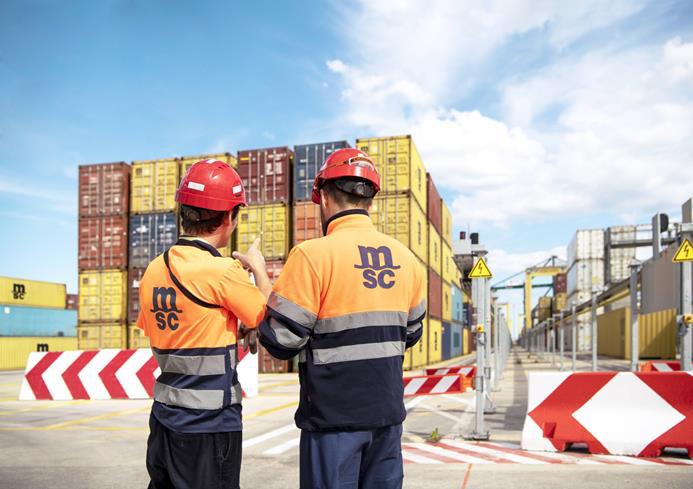MSC policy on use of ISO 17712 compliant seals
Feb 12, 2020MSC Mediterranean Shipping Company reminds its supply chain partners of its policy regarding the mandatory use of International Standardization Organization (ISO) 17712 compliant High Security Seals (HSS) on all full containers for international transport by MSC.

Background: Under the Customs Trade Partnership Against Terrorism (CTPAT) full Instruments of International Traffic (i.e. shipping containers) must have high security seals properly affixed at the point of stuffing to prevent pilferage, terrorist devices, and other contraband from entering the global supply chain.
MSC policy: It is MSC’s policy that an ISO 17712 compliant seal should be applied at all times during the transport under MSC’s custody and that all the letters and digits of the HSS number shall be manifested properly and accurately on the Shipping Instructions, Bill of Lading, Manifest, or any other documentation related to the movement of the cargo. All shipments transported by MSC that are capable of being sealed must be secured immediately after loading/stuffing/packing by the responsible party (i.e. the shipper or
packer acting on the shipper’s behalf) with a high security seal that meets or exceeds the most current ISO 17712 standard for high security seals and emphasized on MSC’s contract of carriage (Bill of Lading) which states under section 11.3:
The Merchant is responsible for the packing and sealing of all Merchant-packed Containers and, if a Merchant-packed Container is delivered by the Carrier with an original seal as affixed by the Merchant or customs or security control intact, or the Carrier can establish bona fide circumstances in which the original seal was replaced, the Carrier shall not be liable for any shortage of Goods ascertained upon delivery.
As a best practice, it is recommended Shippers take clear photographs of the following when preparing shipments for transit:
1. Their shipments inside the container before closing the doors;
2. The both container doors in the closed position indicating the container number;
3. A legible close-up of the seal and the seal number before affixing it to the container; and lastly,
4. Seal properly affixed to the right door locking rod or lower right locking rod cam.
Similar Stories

Castor Marine becomes part of the Navarino Group
View Article
OOCL announces operational update for the 4th Quarter 2024
View Article
MSC Announcement: Multiple shipping updates
View Article
CMA CGM Group launches Phnom Penh Express Barge service
View Article
MSC EOS - scope: East Coast South America (Argentina, Brazil, Uruguay, Paraguay) to USA & Puerto Rico
View ArticleMOL signs MOU with Madoqua & other global leaders to develop green corridor connecting Portugal to Northern Europe
Mitsui O.S.K. Lines, Ltd. announced the signing of a memorandum of understanding (MOU) to develop a green corridor connecting Portugal to Northern Europe with Madoqua Renewables Holding Lda (Madoqua) and…
View ArticleGet the most up-to-date trending news!
SubscribeIndustry updates and weekly newsletter direct to your inbox!





